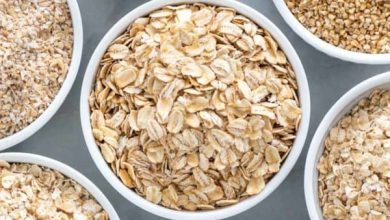10 Gardening Tools: Farming Tools
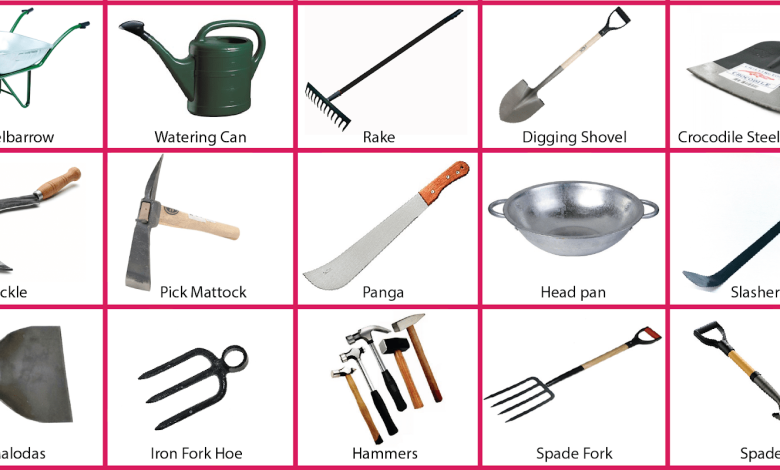
What is needed to farm? What are the tools to make a garden? In other articles in the “ How to make a garden” category, we have talked about planting and caring for the soil (plowing the land, fertilizing, aerating…), pruning, or how to make compost step by step… But the truth is that for all these tasks we will need some tools for the garden that we have not yet talked about.

Do we know what tools are used to cultivate the garden? Tools to sow, tools to plow or work the land, to harvest…
Here is the post that we needed to complete our knowledge on how to make a garden at home. Here is the list of the most useful agricultural tools to cultivate the garden.
You can also find comparisons of different types of tools on sites like Muy Jardín.
Here are the most useful growing tools for home gardens:
1. Shovel
Useful for earthworks of a considerable volume.
For example: to make the terraces or level the substrate when starting the preparation of the orchard, to mix, transport and add compost, fertilizer, etc.

There are two types: round and square. The square shovel can have a double use; In addition to transporting soil or fertilizer, we can also use it for tilling the land, that is, to loosen the soil (a very important task before sowing or planting).
But how? Well, stepping on the tool to drive it into the ground and then tilting the wooden handle to lift the earth (what we commonly call «lever», go). With this, it is possible to hollow out and aerate the substrate without having to bend down as much as with other tools such as the hoe.
2. Hoe
It serves to prepare the ground, since with it the earth is removed and the compacted part is eliminated (undoing the clods) at the same time that the weeds or the remains of other crops are uprooted.
It is also used to dig when you want to make holes, furrows, etc.
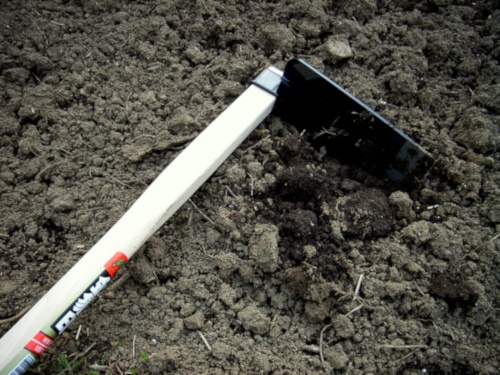
There are many types of hoes of varying shapes and sizes, each with a specific function: the hoe (the largest), the hoe (to break up the earth), the darra (to hoe and weed between rows of vegetables)…
3. Double handle pitchfork / Double handle spade
Its action on the ground is very similar to that of the hoe, since it turns and hollows out the earth, but in this case the work is less expensive due to the way the tool is moved on the ground (it is a continuous job, which is performed with both hands and without bending down).

As you can see, there are several tools to plow or work the land. You can choose the manual method you prefer: shovel, hoe, double-handled spade… or, if you have machines, the motorized cultivator or motorized tiller to work the soil (with a gasoline or diesel engine) will make the job much easier and faster.
4. Rake
It serves to break up hard clods in the soil and level the soil after conditioning or tillage. It also helps to pull up any weeds that may remain in the ground. Leave the plot clean and ready for planting or transplanting.

It is also useful for spreading fertilizers and other products on mulched beds.
5. Almocafre
It is a very useful tool for making the necessary holes in direct sowing, and also for transplants (from the seedbeds to the definitive land, for example) since with it we can extract the plant from the seedbed or from the previous container without damaging its roots, and introduce it easily into the hole in the substrate where we want to grow it.
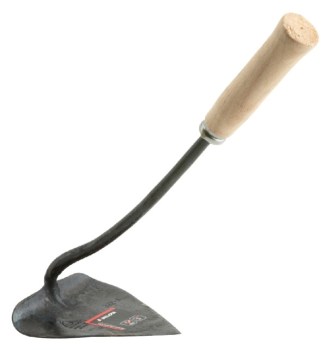
If you have small growing containers, such as pots or pots, you can’t use tools as big as a hoe or shovel to condition the soil, so almocafre will be perfect for removing the surface crust from the soil and aerating it a bit.
6. Pruning shears
To prune the plants eliminating the branches and shoots that are left over, and also to harvest or collect many of the vegetables in the garden.
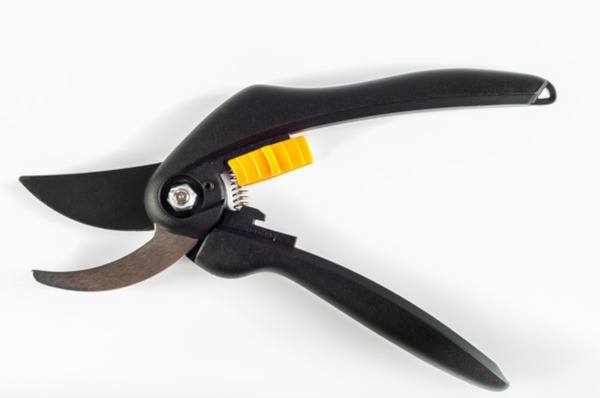
7. Gallows
Use it to move straw or other mulch covers around, or to aerate compost heaps (as you’ll remember, you need to turn the growing compost from time to time).

8. Screen
It is very useful for sifting the compost (separating larger particles from smaller ones) and avoiding adding uncomposted or completely decomposed material to the substrate, which is still too large.

If you remember, in the article about the visit to the HuertAula Cantarranas community garden, we saw a very convenient way to separate the mature compost from the larger particles (which will remain in the sieve and must be thrown back into the compost bin or compost heap).).
9. Wheelbarrow
Useful for medium and large orchards to transport tools from one place to another, containers, seedbeds, harvested products, compost, soil…
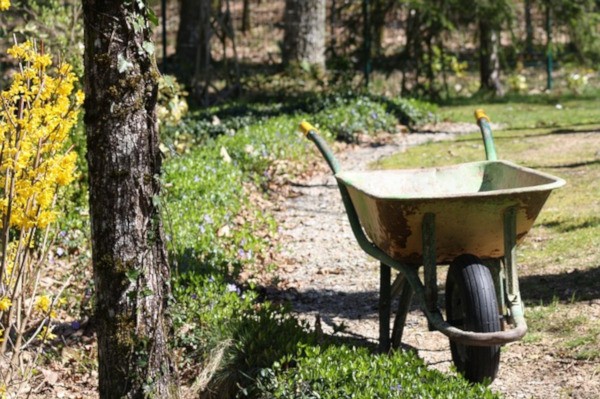
10. Watering can
In the last place of this list of agricultural tools for the garden we have an indispensable instrument if we have not planned any irrigation system.
If you do not have an automatic irrigation system installed (drip, sprinkler…) and your garden is not large enough to irrigate by surface using furrows or a hose, it is best to use a watering can to water the vegetables in your pots or cultivation tables..
Other tools for the garden
There are other utensils that will make your tasks in the garden much easier and will make cultivation work more comfortable, such as:
- A basket or basin to collect vegetables from the garden
- A bucket to throw the crop residues
- Containers for water (if we irrigate, for example, by drip irrigation with tanks)
- Sprayer and dosing cup for treatments against pests and diseases
- Protection gloves
If you have a small garden in pots or cultivation tables, what will be most comfortable for you will be to use hand tools.

I hope this post has been useful to you. If so, don’t forget to vote with the stars below and share on social networks. You can all join the « Agrohuerto Community » on Facebook !
More about cultivation tools in this article on garden tools and machinery, where we will talk about other tools to cut the grass, remove weeds or sweep the leaves of the garden. Cheers!
References
- De Paz, et al., 2004. Homemade tools and implements for the garden. Prohuerta Program, INTA (National Institute of Agricultural Technology), Argentine Republic.
- GRAMA Association, 2012. Garden Manual. Environment Action Group.
- FAO, 2013. Agricultural Hand Tools in Emergencies. Food and Agriculture Organization of the United Nations. Plant Production and Protection Paper nº 214. ISSN 0259-2517
- Madrid City Council, 2017. Ecological Urban Garden Course.


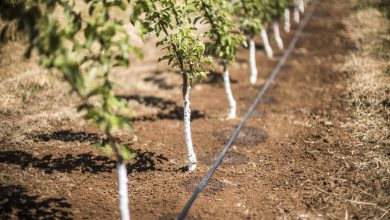
![Photo of Kentia: [Cultivation, Irrigation, Care, Pests and Diseases]](https://www.complete-gardening.com/wp-content/uploads/2022/08/kentia-cultivation-irrigation-care-pests-and-diseases-390x220.jpg)
